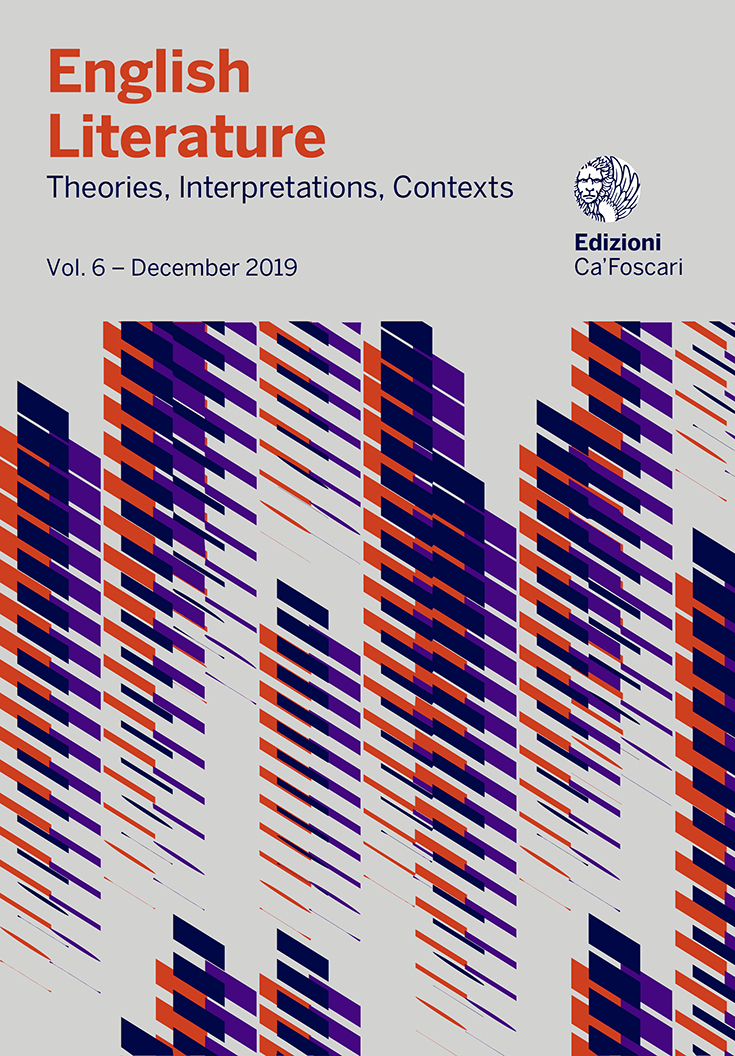
- search 354 views
- file_download 44 download
- keyboard_capslock metadata
-
mark_email_readIscriviti alla newsletter
Convergence and the Beast: A Canonical Crossover Affair
abstract
In the digital age it has become almost impossible to view children’s texts outside the context of the new media. This study will focus on three works of children’s fiction, The Tale of Peter Rabbit by Beatrix Potter, Where the Wild Things Are by Maurice Sendak, and Fantastic Beasts and Where to Find Them by Newt Scamander/J.K. Rowling; and their respective adaptations, Peter Rabbit, Where the Wild Things Are, and Fantastic Beasts and Where to Find Them. The article draws on contemporary theories of adaptation and the media, particularly the theory of ‘convergence’ and its impact on meaning-making in the production and reception of literary texts. It will take into account the cross-media and transmedia approach to analysing children’s texts, as well as the crossover effect of adapting children’s books into films. Particular attention is paid to the adaptation of still into moving imagery and its shifts in focalisation, providing evidence that the new media have made children’s books accessible to a variety of audiences. Such examples display the contemporary complexity of children’s storytelling and culture within and beyond the canon. Owing to the developments in digital media and technologies, which enable the realistic depiction of complex visual and fantastic elements that are characteristic of children’s texts, in the new millennium children’s literature has indeed become ‘everyone’s business’.
Keywords: Adaptation • Picturebooks • Transmedia storytelling • Convergence • Crossover